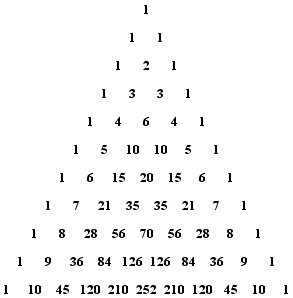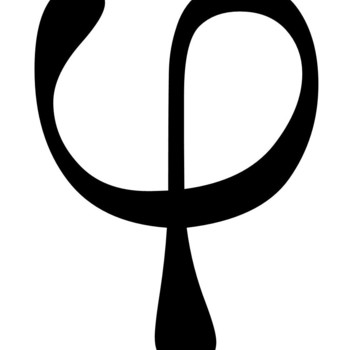How do you evaluate #((8), (7))# using Pascal's triangle?
1 Answer
Feb 12, 2018
Explanation:
When I have a sum of the sort
So inputting the values for
It is important to note that
We can also use Pascal's Triangle:

Remember, the first row and column are given by
Going to the eigth row and the seventh column gives us the same number,

